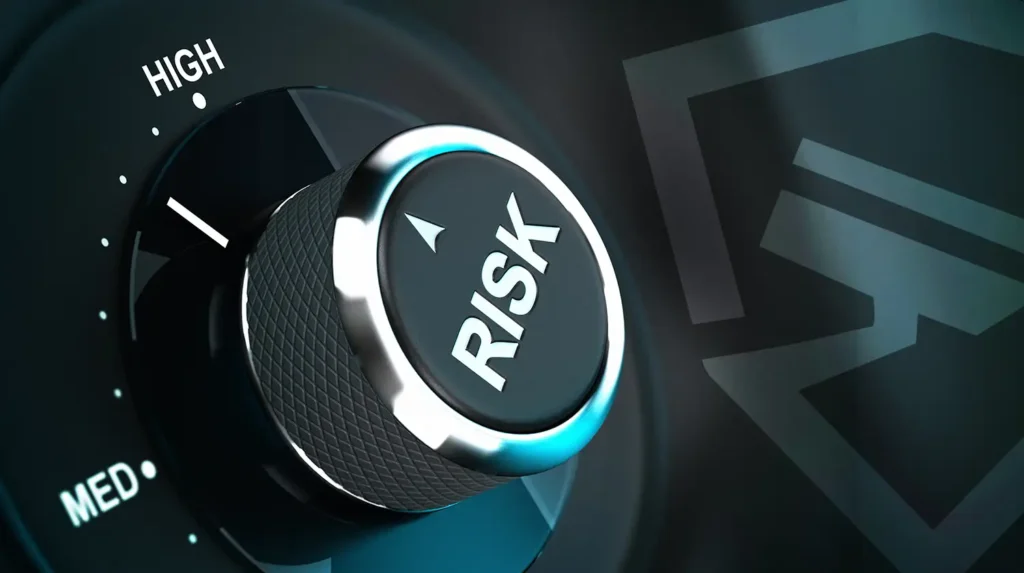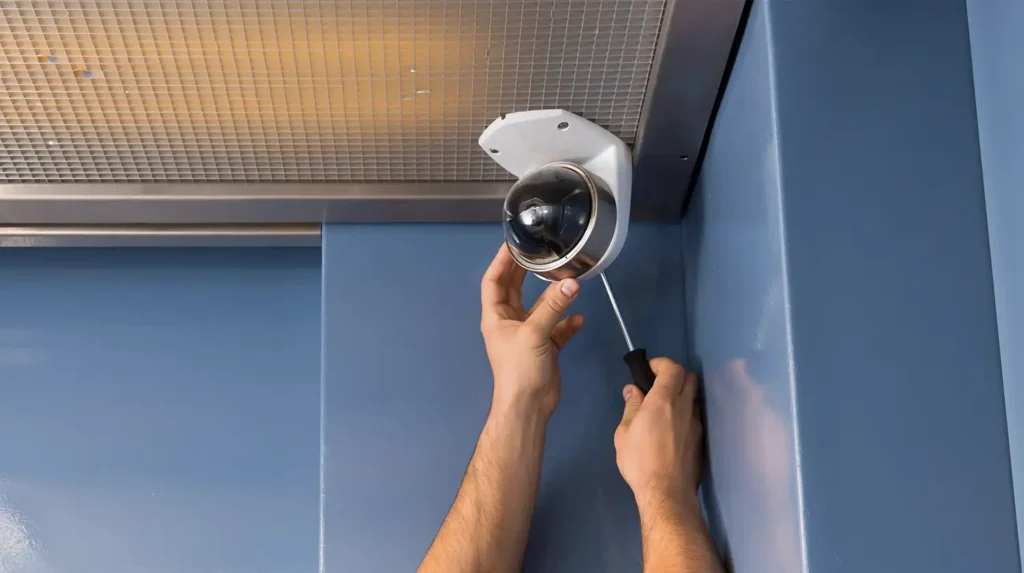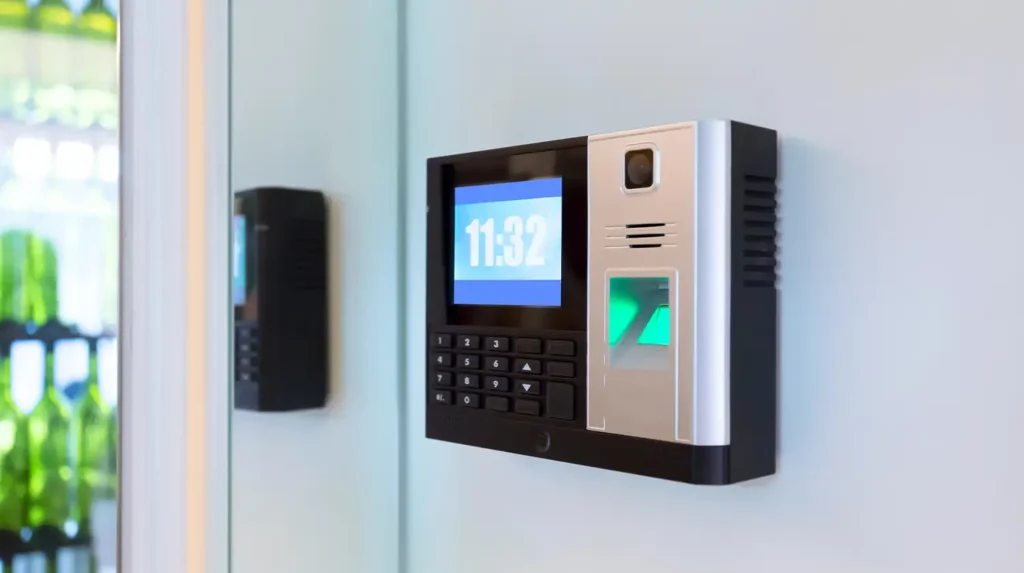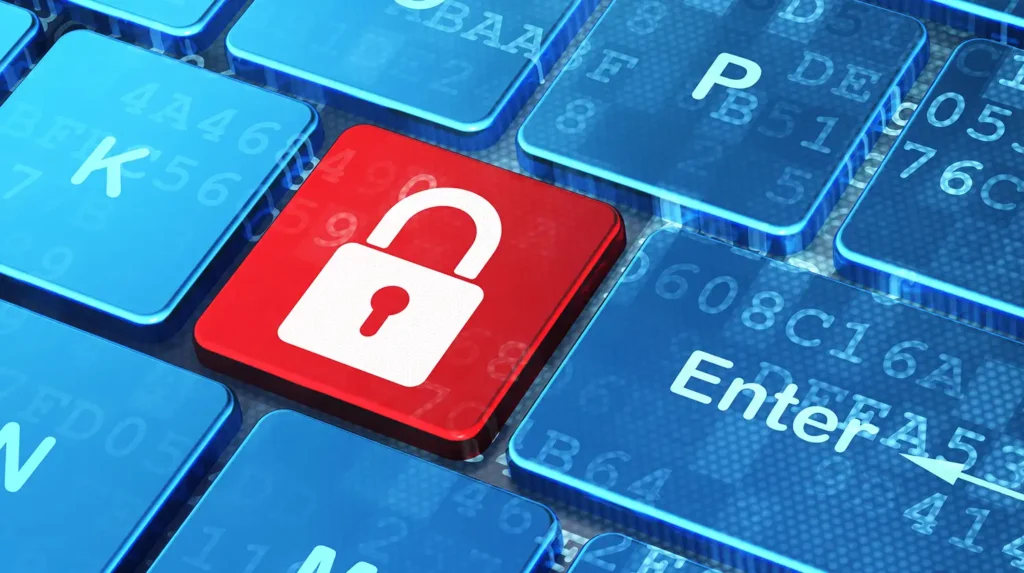When you’re designing a security system with safeguarding your employees and assets in mind, it requires a multifaceted approach. It’s important to integrate thorough risk assessments with strategic implementation to address any identified vulnerabilities. Taking a comprehensive approach can help ensure that all potential threats to your business’s security are mitigated, ultimately protecting your valuable resources- but what’s the best way to go about this? That can depend on a variety of factors: your industry and its specific risks, your workforce, your property, and the specific assets you’re looking to protect.
For instance, a recent article by Security Magazine outlines how businesses can perform security risk assessments effectively, emphasizing the importance of understanding both internal and external threats. In another deep discussion CSO Online gets into strategies for securing physical and digital assets, in what they refer to as a “defense in depth” strategy, highlighting the need for a layered security approach that addresses multiple potential vulnerabilities.
Essential Steps for Developing Your Defensive Security Strategy
Risk Assessment and Security Objectives

Before designing or implementing any kind of security strategy, the most important thing is to understand what risks your business is facing. Starting with a thorough risk assessment to identify potential threats and vulnerabilities specific to your premises and operations is always Step 1 in the process. This assessment informs the establishment of clear security objectives, pinpointing what assets and areas need protection most- security “hotspots” if you will- like sensitive data, equipment, or personnel. Some industries, like scrap metal and recycling, face unique and ongoing risks due to fluctuations in pricing of high-value metals, which then become high-value targets for criminals.
Strategic Implementation:
Implementing security measures is a two-pronged approach and requires tackling both physical and digital protection. Physical measures include things like surveillance cameras and access controls, while digital safeguards employ firewalls and encryption. Modern systems integrate both through real-time live video monitoring, enabling quick detection and response to threats.
Services like those provided here at Stealth Monitoring are proactive- with highly trained monitoring staff capable of responding to potential threats as they happen. This is in large part thanks to strategically placed surveillance cameras loaded with AI-enabled video analytics technology to help detect suspicious activity and reduce false alarms.
Ongoing Evaluation and Adaptation:
As we’ve clearly established, security is an evolving challenge that requires constant attention. Regular testing and updates help you, your business, and your employees stay ahead of new threats as technology and attack methods change. This is common knowledge when it comes to cybersecurity- (we’re all familiar with those phishing test emails periodically received from our IT departments) but it applies to physical security layers as well. Making sure your staff are aware of the latest social engineering tricks- like piggybacking, for example- is important. The most effective security strategies combine thorough risk assessment, smart implementation, and continuous monitoring to protect both digital and physical assets. Think of it as a living system that needs to grow and adapt, rather than a one-time solution.
Physical and Technical Security Measures:

Incorporating both physical and technical measures makes for more effective security overall. As mentioned above, layered security solutions that incorporate classic solutions, like perimeter fencing, and controlled access points with locks to deter unauthorized access are critical, but should be layered with technology solutions as well. Surveillance cameras and monitoring systems should be strategically placed to oversee key areas, enhancing overall security by capturing video footage, which is invaluable in incident investigations.
Access Control and Authentication:

Next-generation access control leverages a variety of technologies- smartphone verification, biometrics, and key cards, seamlessly integrating with surveillance and alarm systems for comprehensive security. These technologies can help create an interconnected security ecosystem that protects assets while maintaining operational flow.
Access control systems serve as the cornerstone of facility security, guarding commercial, industrial, and educational spaces against unauthorized access and potential threats. The implementation of remote access control transforms facilities into highly secure, efficiently managed environments through:
Security Enhancement
- Real-time monitoring and granular access permissions prevent unauthorized entry
- Integration with security infrastructure enables rapid threat detection and response
Operational Excellence
- Automated entry verification eliminates bottlenecks and reduces wait times
- Role-based access ensures smooth workflow while maintaining security protocols
Compliance Management
- Automated documentation and access logs support regulatory requirements
- Customizable security protocols adapt to evolving compliance standards
Cybersecurity Measures:

Cybersecurity is equally important, with measures including strong passwords, multi-factor authentication, and regular updates to security software to protect against digital threats. Implementing these types of technologies helps protect sensitive data and prevent unauthorized access, which can mean the difference between deterrence and disaster.
Incident Response and Compliance:
Developing detailed incident response plans that are regularly tested is another core part of designing your security system to ensure readiness in the face of incidents. You’ll need to establish clear protocols for common scenarios- like theft attempts, trespassing, and workplace injuries. Defining roles and responsibilities for your security team, management, and staff is also important- everyone should be well-versed in what they’re individually responsible for in the event of an emergency.
Employee Training and Culture of Security:

Fostering a culture of security through continuous employee training is essential. Employees should be educated in both physical and digital security protocols to empower them to act as the first line of defense against threats. Training enhances their ability to recognize and respond to potential security issues, contributing to a safer workplace environment. Your team should be issued PPE (personal protective equipment), know and be able to follow established check-in and check-out procedures, and should be aware of all emergency evacuation routes and muster points as well. Additionally, documentation requirements should be taken into consideration, with detailed incident logs, updating records of security system maintenance, documentation of employee training completions, and all compliance certifications kept current. Make sure all of your security frameworks are in alignment with OSHA workplace safety requirements and EPA guidelines for recycling facilities.
Ongoing Maintenance:
Finally, effective security systems require significant time investment not only in their initial setup but also in their ongoing maintenance. Regular maintenance ensures systems remain effective and can adapt to new threats. Budgeting time effectively for these ongoing updates and modifications is crucial for long-term security sustainability.
Overall, designing a security system that adequately protects your employees and assets is a multifaceted endeavor requiring careful planning, implementation, and continuous improvement. Each component- from physical barriers to cybersecurity measures -plays a vital role in creating a secure and safe work environment.
Interested in learning more about how you can protect your property, employees, assets, and bottom line with proactive live video monitoring and its suite of accompanying services? Contact us today and speak with a scrap and recycling security specialist in your area.

